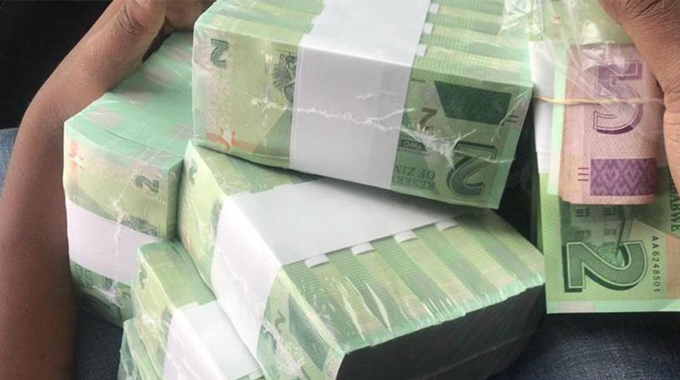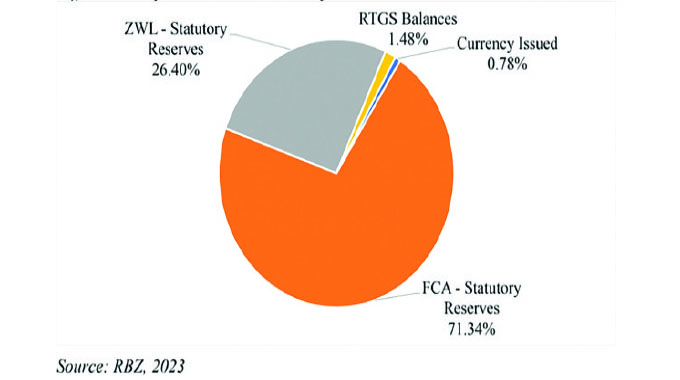Cotton inputs distribution in full swing

Business Reporter
The distribution of cotton inputs under the Presidential Free Inputs Scheme has started in most parts of the country in a move expected to provide farmers enough time to prepare for next planting season.
A recent visit to Chiredzi (Masvingo province) and Checheche (Manicaland), showed that inputs such as fertilisers and seed have already been delivered to common distribution points awaiting collection by the farmers.
The Cotton Company of Zimbabwe (Cottco) administers the Presidential Free Inputs Scheme, a programme that has benefited thousands of families since 2015, while production has also grown during that period.
Cottco is targeting to distribute 8 000 tonnes of seed, 40 000 of basal fertiliser and 20 000 top dressing fertiliser to cover approximately 400 000 hectares countrywide.
“The most important thing is to have inputs on time. This will enable us to take advantage of the early rains and boost prospects for better yields. We are happy because the inputs are already at the depots,” a Checheche farmer, Mr Collins Mazibiya said.
Cotton is the major cash crop in Checheche and a major livelihood supporter for many. Cottco is also rolling out free tillage programme in preparation of the season.
“The Presidential Inputs Scheme has transformed many lives here in Checheche. We have been empowered. We have been advised that we should start collecting inputs very soon. The inputs are already at the distribution points; this is encouraging,” another farmer Mr Chamusi Muridzo said.
Farmers have hailed the voluntary scheme underwhich Cottco is partly paying them with goods such as building materials, productive assets (commercial vehicles and grinding mills) or groceries although the arrangement has been met with criticisms from certain quarters,
“We may say I need all the money. But the moment you get into a shop, the value of that money would have been reduced by 60 percent because shop-owners deliberately increase prices during the marketing season.
“This is compounded by huge premiums charged when transacting using electronic money. But under this scheme, we are getting the commodities at the right price. In addition, the goods are delivered to our door steps, meaning no extra cost for transport,” a farmer in Munepasi, Mr Lionel Muzeya said.
The incentives have increased the appetite for many farmers to expand the hectarage in the forthcoming season.
This year, cotton production is estimated at 101 000 tonnes, an increase of 32 percent from 77 000 tonnes produced last year, according to the Second Round Crop and Livestock Assessment Report.
This was due to increased coverage of the Presidential Inputs Scheme. The scheme was introduced in 2015 after Government moved in to revive cotton industry popularly referred to as “white gold”.
After peaking at 352 000 tonnes in 2011, output declined to 28 000 tonnes three years later, the lowest yield in nearly two decades partly due to lack of adequate funding and poor prices.
With the coming in of the Presidential Inputs Scheme, coupled with renewed interests by private players to finance the crop, who last year financed about 30 percent of production, the sector has recorded a significant recovery. In light of climate change, some farmers are also increasing acreage as the crop is generally drought tolerant.








Comments